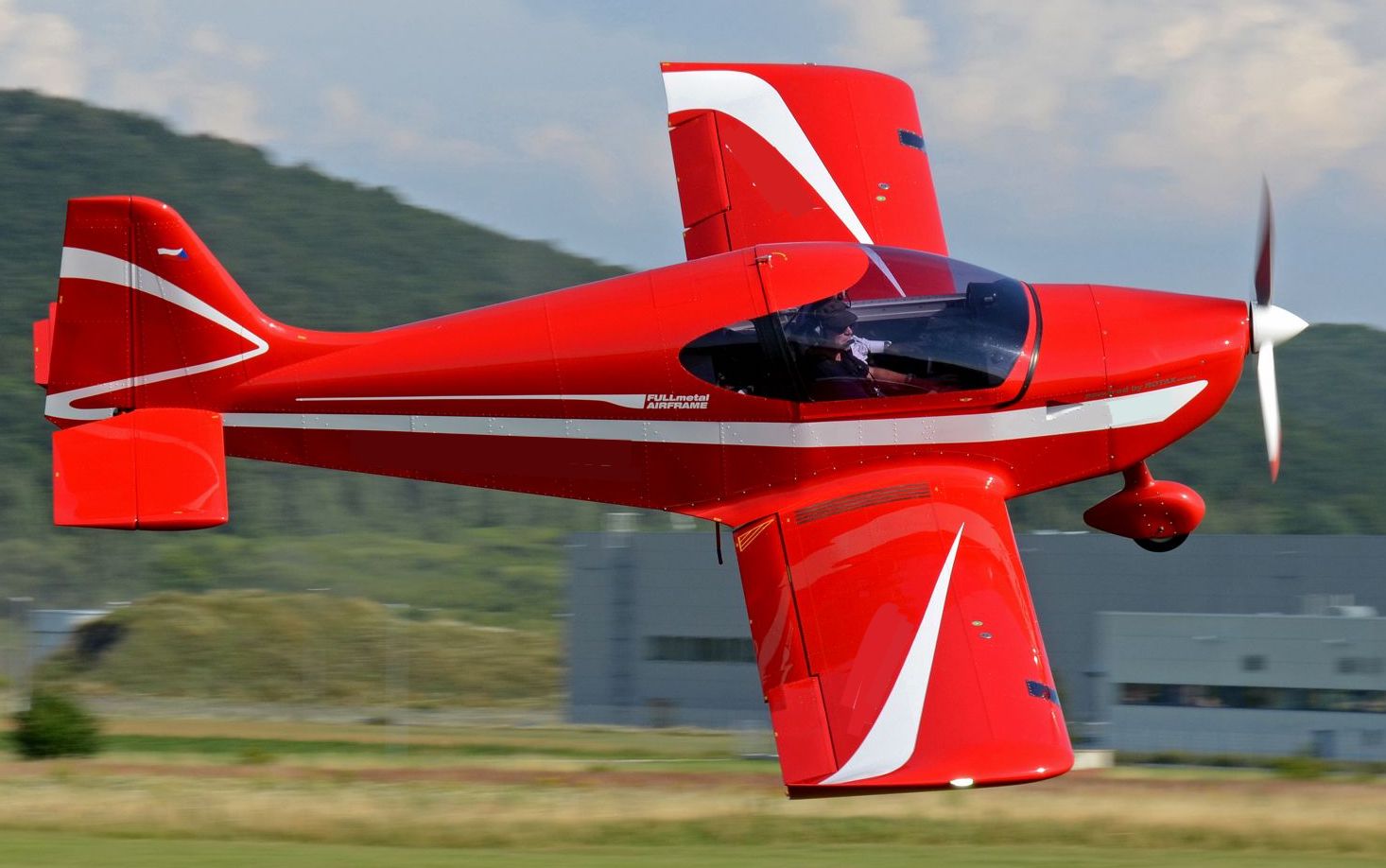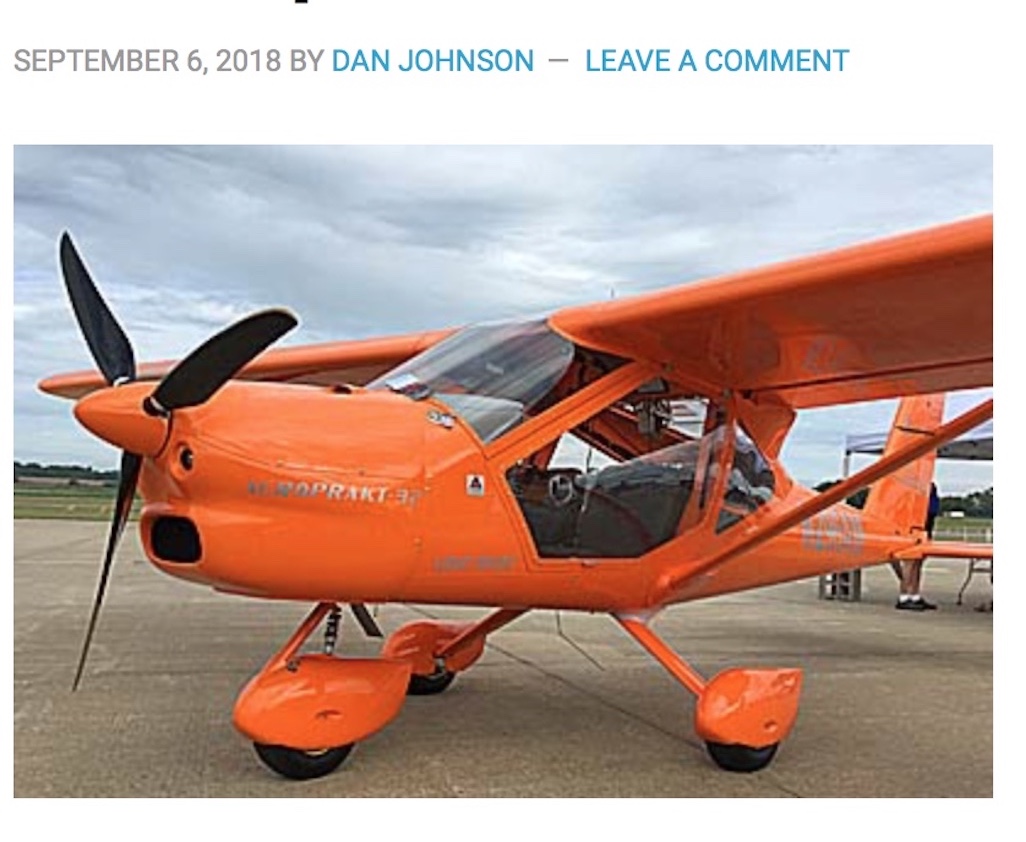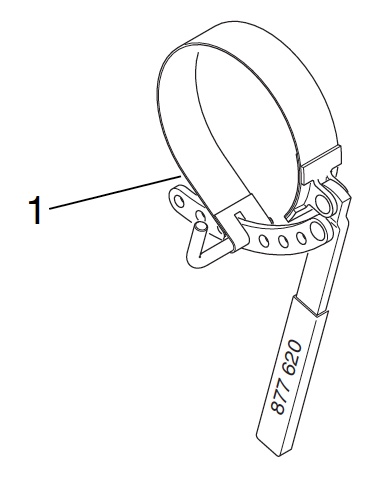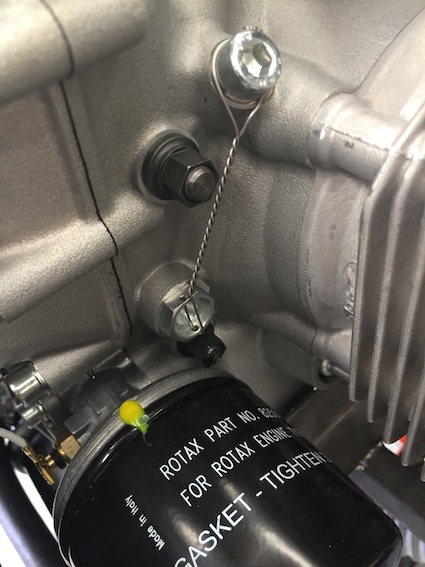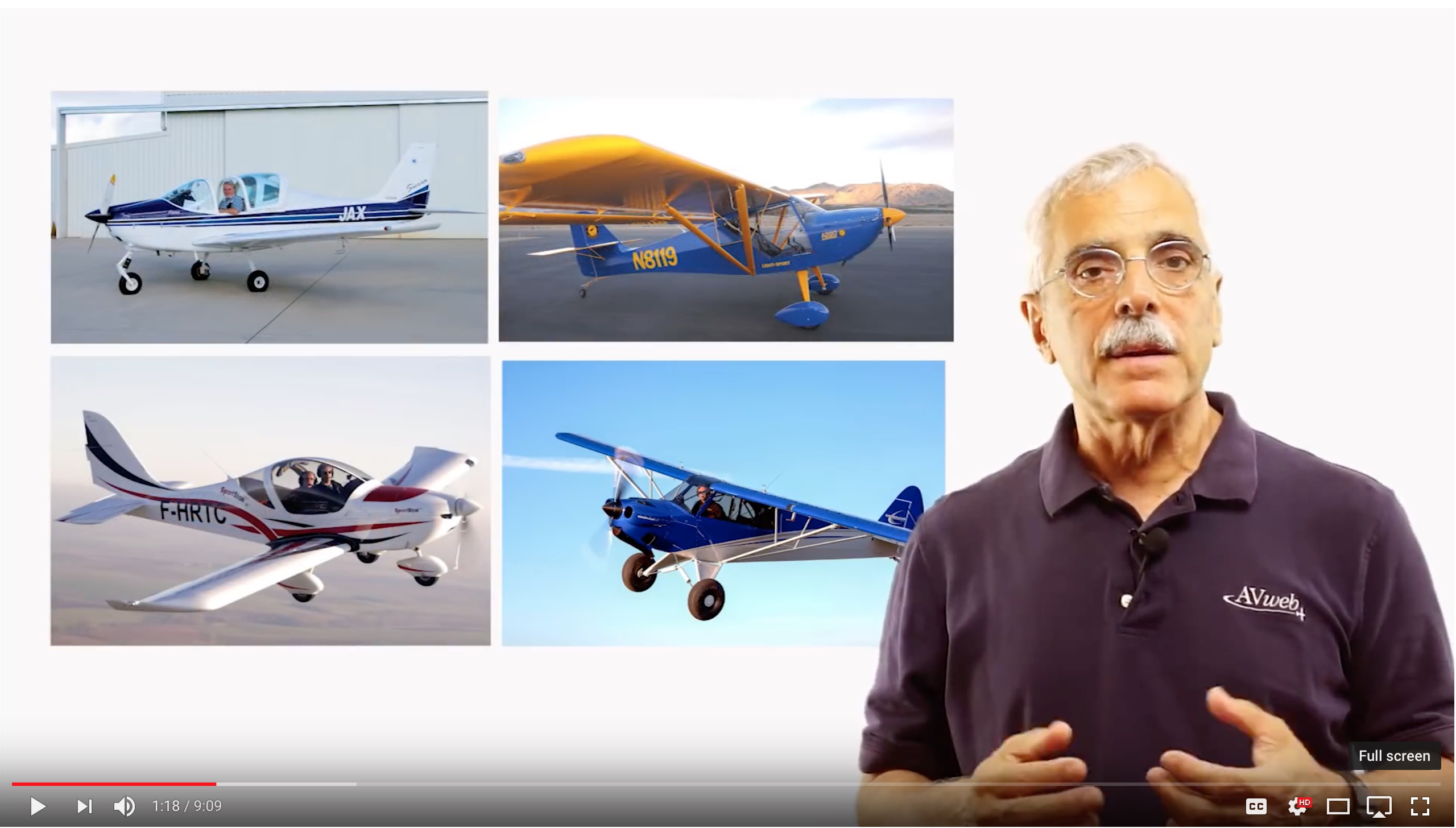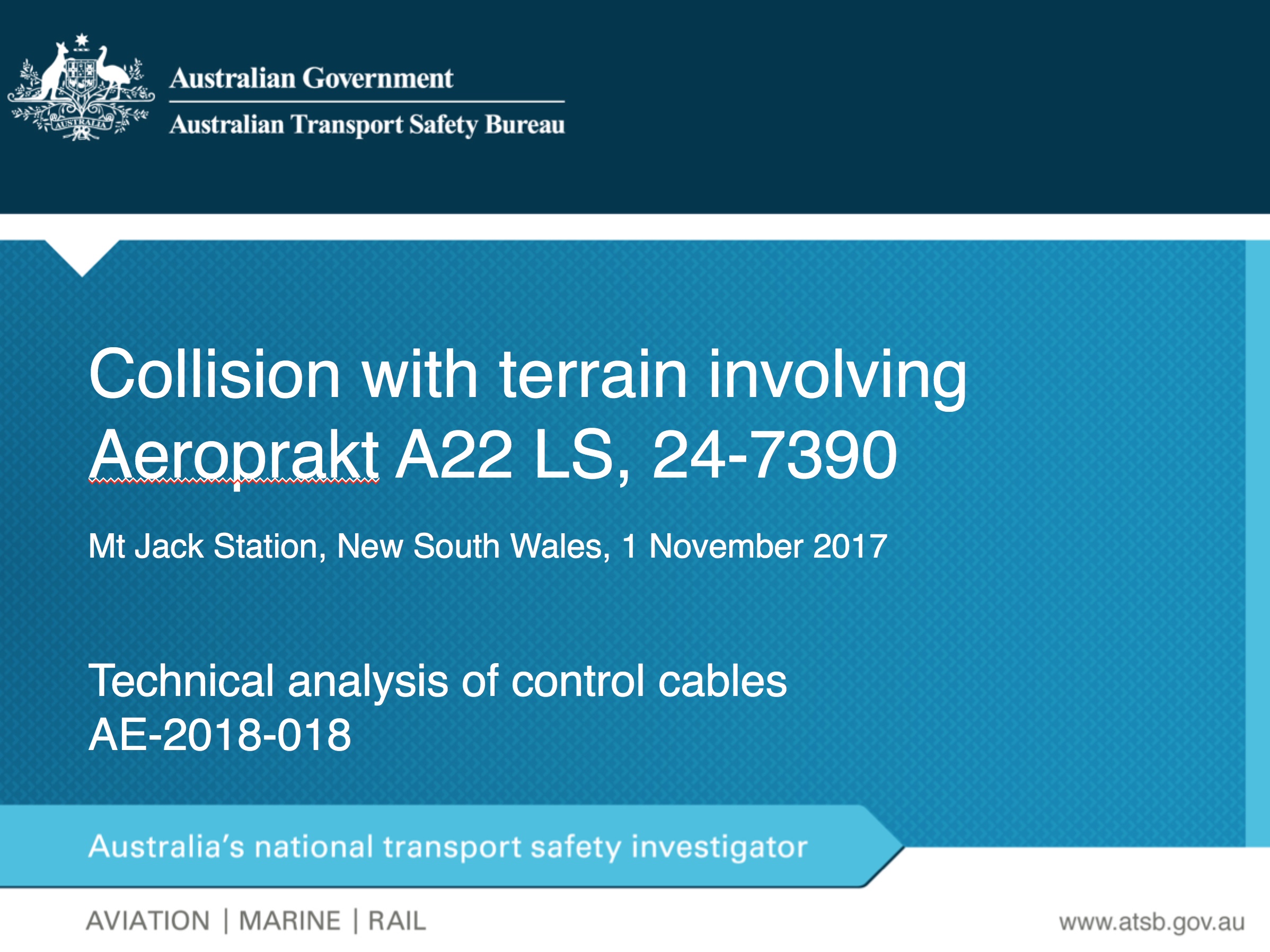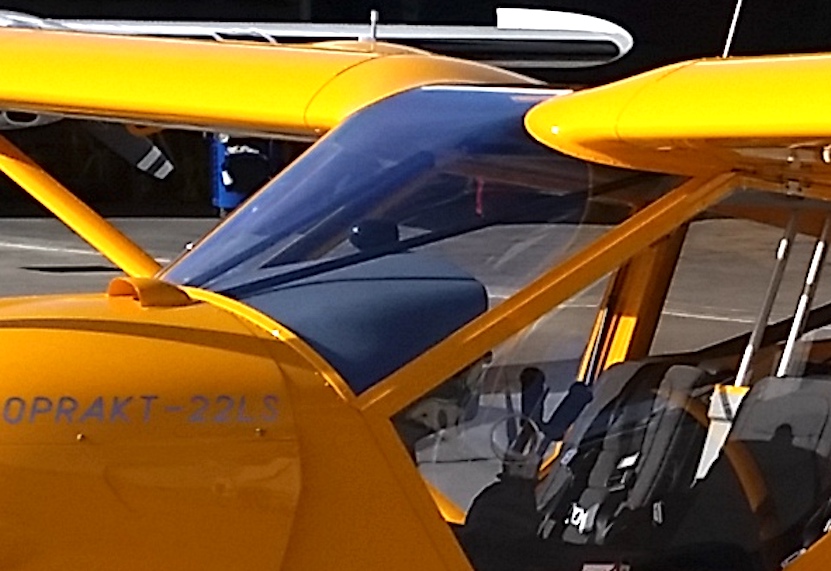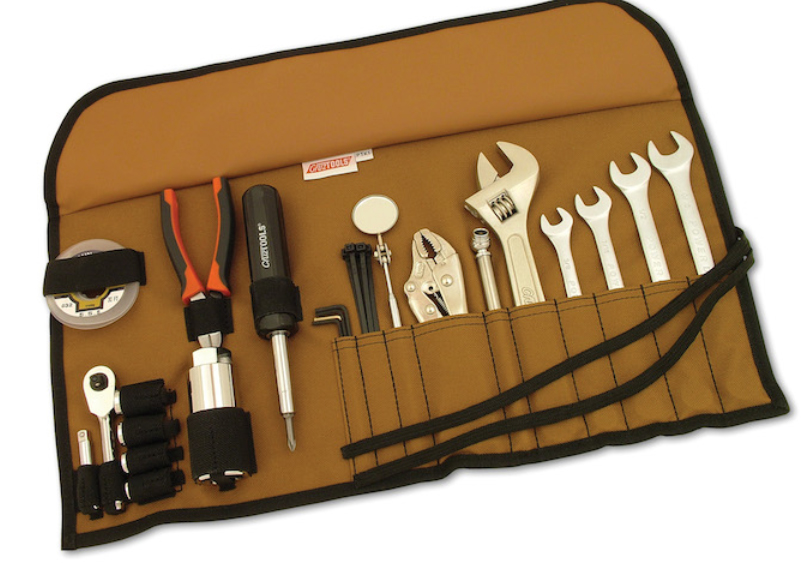 In Australia, Aeroprakt aircraft come in a range of ‘standard’ colours – white, yellow, orange, red and blue. We are lucky in being able to paint our aircraft these vibrant colours – something denied to composite aircraft builders, where differential heating of colours can wreak havoc on the strength of glass fibre and other composites.
In Australia, Aeroprakt aircraft come in a range of ‘standard’ colours – white, yellow, orange, red and blue. We are lucky in being able to paint our aircraft these vibrant colours – something denied to composite aircraft builders, where differential heating of colours can wreak havoc on the strength of glass fibre and other composites.
Throughout the world, colours can signify different things, often with cultural and other connotations beyond their simple names.
Here are a few thoughts to ponder around the ‘standard’ colours of our aircraft.
 Blue – has long been considered a spiritual colour, ‘the vault of heaven’, the colour of the sky. But the use of blue as a colour is comparatively recent in human civilisation, as natural blue pigments are relatively rare in nature. Blue is sometimes called one of the primary colours, although the idea of blue, red and yellow as primary colours is a modern and Euro-centric concept. The ‘classical primaries’ – white, black, red and yellow – excluded blue, which only really arrived in Europe in the 13th century, as ultramarine. Ultramarine was incredibly expensive, being derived from the semi-precious stone, lapis lazuli, and at one time ultramarine was even more valuable than gold. In Australia, blue Foxbats make up about 5% of the fleet.
Blue – has long been considered a spiritual colour, ‘the vault of heaven’, the colour of the sky. But the use of blue as a colour is comparatively recent in human civilisation, as natural blue pigments are relatively rare in nature. Blue is sometimes called one of the primary colours, although the idea of blue, red and yellow as primary colours is a modern and Euro-centric concept. The ‘classical primaries’ – white, black, red and yellow – excluded blue, which only really arrived in Europe in the 13th century, as ultramarine. Ultramarine was incredibly expensive, being derived from the semi-precious stone, lapis lazuli, and at one time ultramarine was even more valuable than gold. In Australia, blue Foxbats make up about 5% of the fleet.
 Red – has been historically associated with aggression and courage. Not for nothing did the soldiers and commanders of the Roman empire wear red. But red can also signify love and fertility. In many countries brides wear red and the colour also signifies good fortune and happiness. In the Christian church, red signifies the blood of Christ; as a result, it was adopted by monarchs all over Europe as a sign of their power, and by merchants as an indication of status. And, as everyone knows, red aeroplanes fly much faster than other colours! In Australia, red Foxbats and Vixxens make up about 10% of the fleet.
Red – has been historically associated with aggression and courage. Not for nothing did the soldiers and commanders of the Roman empire wear red. But red can also signify love and fertility. In many countries brides wear red and the colour also signifies good fortune and happiness. In the Christian church, red signifies the blood of Christ; as a result, it was adopted by monarchs all over Europe as a sign of their power, and by merchants as an indication of status. And, as everyone knows, red aeroplanes fly much faster than other colours! In Australia, red Foxbats and Vixxens make up about 10% of the fleet.
 Orange – was originally considered to be a shade of yellow by the Egyptians and only became the modern ‘orange’ (from the Sanskrit ‘naranga’) in the mid 16th century. Before that, in China and India, the colour took its name from saffron, not the citrus fruit. In many cultures, orange is considered a colour of spiritual transformation. For example, in Buddhism, orange is the colour of illumination, the highest state of perfection. In western civilisations, orange is seen as a combination of red and yellow, signifying creativity, warmth and change. In Australia, orange Foxbats and Vixxens account for just over 10% of the fleet and growing.
Orange – was originally considered to be a shade of yellow by the Egyptians and only became the modern ‘orange’ (from the Sanskrit ‘naranga’) in the mid 16th century. Before that, in China and India, the colour took its name from saffron, not the citrus fruit. In many cultures, orange is considered a colour of spiritual transformation. For example, in Buddhism, orange is the colour of illumination, the highest state of perfection. In western civilisations, orange is seen as a combination of red and yellow, signifying creativity, warmth and change. In Australia, orange Foxbats and Vixxens account for just over 10% of the fleet and growing.
 Yellow – in almost all cultures is associated with the sun, with gold recognised as the strongest yellow of all. To the ancient Egyptians, gold represented the flesh of the gods and was thus used extensively to decorate the tombs of the pharaohs. In Greek mythology, the sun-god Helios wore a yellow robe while riding his chariot across the heavens. But yellow also has some conflicts – on the one hand, sunshine, optimism and enlightenment, while on the other, pale yellow has sometimes been used to represent cowardice. But I always think of yellow as the most luminous colour of the spectrum, always attracting the eye to its presence. In Australia, yellow is the most popular colour for Vixxens, and in particular, Foxbats, where it represents over 40% of the fleet.
Yellow – in almost all cultures is associated with the sun, with gold recognised as the strongest yellow of all. To the ancient Egyptians, gold represented the flesh of the gods and was thus used extensively to decorate the tombs of the pharaohs. In Greek mythology, the sun-god Helios wore a yellow robe while riding his chariot across the heavens. But yellow also has some conflicts – on the one hand, sunshine, optimism and enlightenment, while on the other, pale yellow has sometimes been used to represent cowardice. But I always think of yellow as the most luminous colour of the spectrum, always attracting the eye to its presence. In Australia, yellow is the most popular colour for Vixxens, and in particular, Foxbats, where it represents over 40% of the fleet.
 White – lead white, was in continuous production for over 2000 years. This, the purest of whites, is derived from the oxidation of metal lead into flakes of its oxide, hence the common name of ‘flake white’ in many parts of the world. However, this very toxic lead variant of white has now been completely superseded by non-toxic titanium white. There are almost as many different shades of white as there are stars in the sky. Technically, white is not a colour, as it is a combination of all colours. White usually signifies purity, innocence, and integrity and in western cultures it is common for brides to wear white at their wedding. In the majority of cultures, white also means the beginning of life, and in some it is used as a predominant colour for funerals, intended to signify the end of one life and the beginning of the next. In Australia, white is the second most popular colour for Vixxen and Foxbat aircraft, representing almost 35% of the fleet.
White – lead white, was in continuous production for over 2000 years. This, the purest of whites, is derived from the oxidation of metal lead into flakes of its oxide, hence the common name of ‘flake white’ in many parts of the world. However, this very toxic lead variant of white has now been completely superseded by non-toxic titanium white. There are almost as many different shades of white as there are stars in the sky. Technically, white is not a colour, as it is a combination of all colours. White usually signifies purity, innocence, and integrity and in western cultures it is common for brides to wear white at their wedding. In the majority of cultures, white also means the beginning of life, and in some it is used as a predominant colour for funerals, intended to signify the end of one life and the beginning of the next. In Australia, white is the second most popular colour for Vixxen and Foxbat aircraft, representing almost 35% of the fleet.
The remainder of our fleet is made up of various other colours – green is in a vivid minority of three, with blue-black, mid-grey, grey & white and dark red having one each.
Having given you some insights into the history and meanings of our base aircraft colours, it probably remains that individual choice of colour for a customer’s aircraft is more dependent on how easily they can be seen in the sky and their partner’s colour preferences! So I think yellow and white will remain the main choice of colour for some time to come – although orange is gaining in popularity all the time.
For more information on the history and meanings of colours, have a look at books like Chromatopia and The Story of Colour
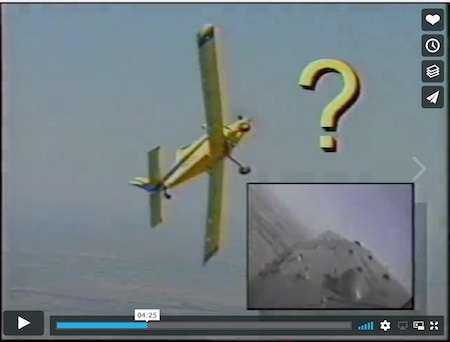 Here’s a great video by legend Wayne Handley, all about the use of rudder in turns. Although written primarily for ag pilots, the lessons he gives are equally applicable to pilots who often fly close to the ground – for example when stock counting or mustering – or even just the rest of us when we make that last turn at 500 feet on to final approach to land.
Here’s a great video by legend Wayne Handley, all about the use of rudder in turns. Although written primarily for ag pilots, the lessons he gives are equally applicable to pilots who often fly close to the ground – for example when stock counting or mustering – or even just the rest of us when we make that last turn at 500 feet on to final approach to land.
